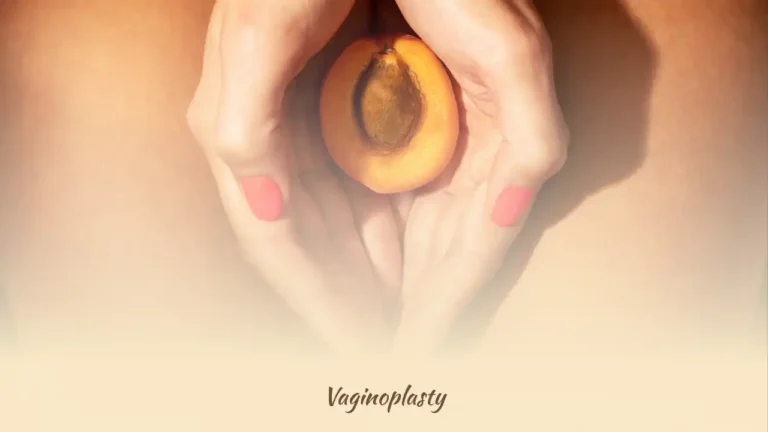The average Lipedema surgery Turkey cost 2026 offers a financially accessible path to pain relief for women suffering from this chronic, progressive condition. We understand that Lipedema is not just “fat” but a painful medical disorder that diet and exercise cannot cure, and we are dedicated to helping you regain your mobility and quality of life.
Why is Lipedema Surgery Different from Liposuction?
It is vital for patients to understand that treating Lipedema is a reconstructive medical procedure, not a cosmetic one. Standard cosmetic liposuction often focuses on aggressive contouring, which can damage the delicate lymphatic vessels. For a patient with Lipedema, whose lymphatic system is already under stress, this can lead to serious complications like secondary lymphedema.
At Clinic Care Center, our approach is strictly Lymph-Sparing. We utilize specialized techniques such as Water-Assisted Liposuction (WAL) or VASER technology. These methods allow surgeons to gently loosen and remove the painful, fibrotic fat nodules characteristic of Lipedema while preserving the network of lymphatic vessels and nerves. This careful approach prioritizes pain reduction, improved joint mobility, and long-term safety over simple inch loss.
Clinic Care Center: Expert Warning (The 5-Liter Rule)
Your safety is our priority. Many patients wish to remove all fat in a single session, but international safety standards limit fat removal to approximately 5 Liters (approx 11 lbs) per surgery. Exceeding this limit dangerously increases the risk of metabolic trauma and blood loss. Therefore, patients with Stage 2 or 3 Lipedema often require 2 or 3 separate surgeries spaced months apart (e.g., lower legs first, then thighs). Do not trust clinics promising ‘mega-liposuction’ in one go.
Lipedema Surgery Turkey Cost 2026 vs. UK/USA/EU
| Country | Average Cost (Per Surgery) | What is Included? |
|---|---|---|
| Turkey (Clinic Care Center) | $3,500 – $6,000 | All-Inclusive (Surgery, Hotel, Transfers, Anesthesia) |
| United Kingdom | £6,000 – £12,000 | Surgery Only (Hospital fees often extra) |
| USA | $10,000 – $20,000 | Surgery Only (Anesthesia fees extra) |
| Germany | €6,000 – €10,000 | Surgery Only |
What is Included in Your Turkey Package?
We believe in eliminating stress so you can focus on healing. Our medical travel packages are designed to cover the essentials of your stay:
- Pre-operative blood tests and consultation with your specialist surgeon.
- General anesthesia and all operating room fees.
- Hospitalization (typically 1-2 nights) with 24/7 nursing care.
- Accommodation in a verified recovery hotel.
- VIP transfers (Airport-Hotel-Clinic).
However, transparency is key to planning your journey. You must account for the following “Hidden Costs” patients often forget: Compression Garments (Custom flat-knit usually required), Lymphatic Drainage Massages (post-op is mandatory), and Flights.
Frequently Asked Questions (FAQ)
Will my Lipedema come back after surgery?
The specific fat cells removed during surgery do not grow back. However, Lipedema is a chronic condition. While surgery provides significant pain relief and volume reduction, maintaining a healthy, anti-inflammatory lifestyle is crucial to prevent remaining fat cells from expanding. It is a management strategy, not a total cure.
Why is Turkey cheaper than the UK or USA?
The cost difference is primarily driven by the lower cost of labor, medical overheads, and currency exchange rates in Turkey. It is not a reflection of lower quality. In fact, Turkey is a global hub for Lipedema treatment, hosting some of the most experienced high-volume surgeons in Europe.
Can I have my arms and legs done in the same surgery?
For patient safety, we rarely combine upper and lower extremities in one session. Doing so would prolong anesthesia time and increase the trauma to the body, heightening the risk of complications. We recommend staging these surgeries to allow your body to heal properly.
How long do I need to stay in Turkey for recovery?
We generally require a stay of 7 to 10 days. This duration ensures that your initial recovery is monitored, drains (if used) are removed safely, and you are fit to fly back home without risking Deep Vein Thrombosis (DVT).
Is VASER or WAL better for Lipedema?
Both techniques are effective when performed by a Lipedema specialist. WAL uses a water jet to dislodge fat, while VASER uses ultrasound energy. The “best” technique depends on your tissue texture (fibrosis level) and stage. Your surgeon will recommend the safest option for your specific anatomy.
Does health insurance cover Lipedema surgery in Turkey?
Most international insurance providers classify surgery abroad as elective and do not cover the costs directly. However, we can provide detailed operative reports and invoices if you wish to attempt a claim for reimbursement in your home country, though this is subject to your specific policy.
Reclaim Your Mobility and Comfort
Living with Lipedema is not your fault. If you are ready to discuss a safe, staged surgical plan, Clinic Care Center offers free medical assessments. Contact us today to receive a personalized cost breakdown for 2026.



